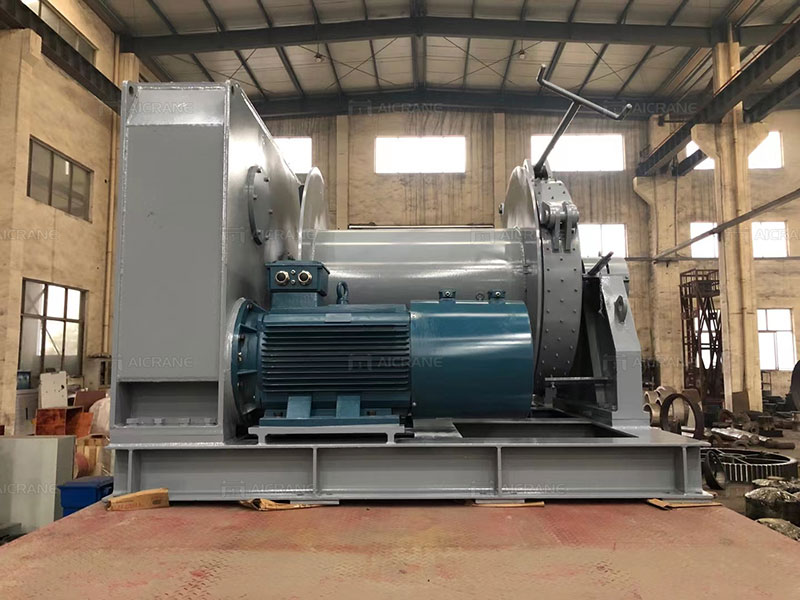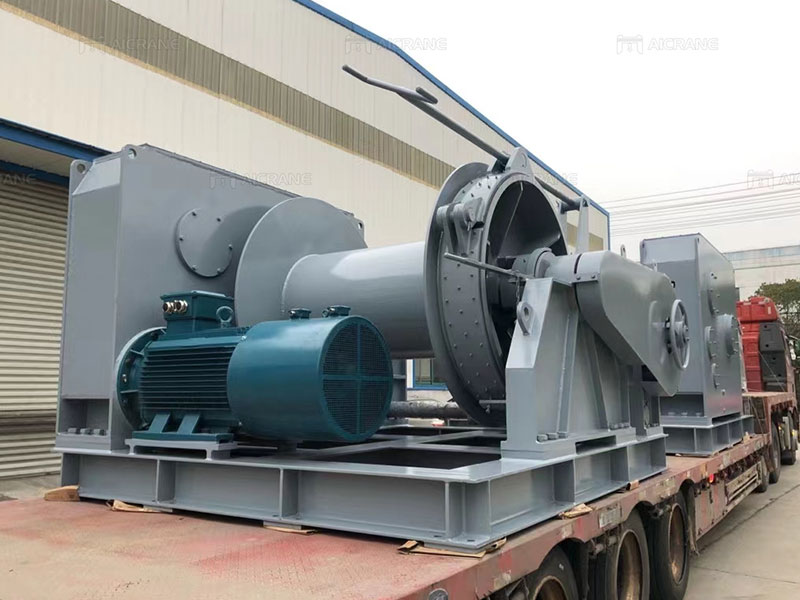As a reputable winch manufacturer, we understand the critical role that proper installation plays in the overall performance and longevity of marine winches. A well-executed installation ensures the seamless integration of winches into various maritime applications, ranging from commercial vessels to offshore platforms. In this article, we will explore different installation methods and highlight their advantages and considerations. Join us as we delve into the world of marine winch installations, uncovering the best practices that ensure efficient and reliable operations.
Deck-Mounted Installation
The deck-mounted installation method is a common approach for integrating winches onto vessels. In this method, deck winches are securely mounted on the deck, ensuring stability and accessibility. The deck-mounting option allows for easy installation, maintenance, and operation, making it suitable for a wide range of marine applications. It is particularly beneficial for vessels that require frequent winch access and maneuverability. However, it’s essential to consider the deck’s structural integrity and ensure proper reinforcement to handle the winch’s load capacity.

Below-Deck Installation
For certain applications where space optimization is crucial, below-deck installations provide an effective solution. In this method, winches are installed below the deck surface, hidden from view. This approach is often utilized in smaller vessels or when winches need to be protected from external elements. Below-deck installations offer several advantages, including improved aesthetics, reduced exposure to harsh marine conditions, and increased deck space. However, it’s important to consider accessibility for maintenance and ensure proper ventilation to prevent heat buildup.
Integrated Winch Systems
In some marine applications, winches are integrated into specialized systems to enhance functionality and efficiency. For example, in offshore platforms or oil rigs, winches may be integrated into a comprehensive mooring or lifting system. This integration ensures seamless communication and synchronized operations between various components, maximizing performance and safety. Integrated winch systems require careful planning and coordination among different engineering disciplines to ensure compatibility and optimal system design.
Retrofitting and Upgrading
In the maritime industry, retrofitting existing vessels with winches is a common practice to meet evolving operational requirements. Retrofitting allows vessels to enhance their capabilities without extensive modifications or building new vessels. The marine winch manufacturers often provide retrofit solutions that are designed to integrate seamlessly into the existing structure and systems of vessels. It’s crucial to assess the vessel’s structural integrity, power supply capacity, and compatibility with the desired winch specifications when considering retrofitting or upgrading installations.

Considerations for Installation
Regardless of the installation method chosen, certain considerations should be taken into account to ensure successful and efficient winch operations. These considerations include:
a) Load Capacity and Power Supply: Assessing the winch’s load capacity and ensuring an adequate power supply are fundamental. Proper power supply provisioning is crucial to meet the winch’s power requirements and maintain its optimal performance.
b) Safety Measures: Incorporating appropriate safety measures, such as emergency stop mechanisms and overload protection, is essential to protect personnel, equipment, and the vessel itself during winch operations.
c) Environmental Factors: Considering the marine environment, including exposure to saltwater, corrosion, and extreme weather conditions, is vital when selecting winches and implementing installation methods. Employing corrosion-resistant materials and proper sealing techniques is essential for long-term durability.
d) Maintenance and Accessibility: Providing sufficient access for routine maintenance and inspections is crucial for winch longevity. Incorporating design features that facilitate easy maintenance and troubleshooting can significantly reduce downtime and improve operational efficiency.
Conclusion
As a winch manufacturer committed to delivering reliable and innovative solutions, we recognize the importance of meticulous installation methods in the maritime industry. Whether it’s deck-mounted installations, below-deck integrations, or specialized systems, each approach has its advantages and considerations. By understanding these installation methods and taking into account the specific requirements of marine applications, winch machine installations can be executed seamlessly, ensuring efficient and reliable operations in the challenging marine environment.
